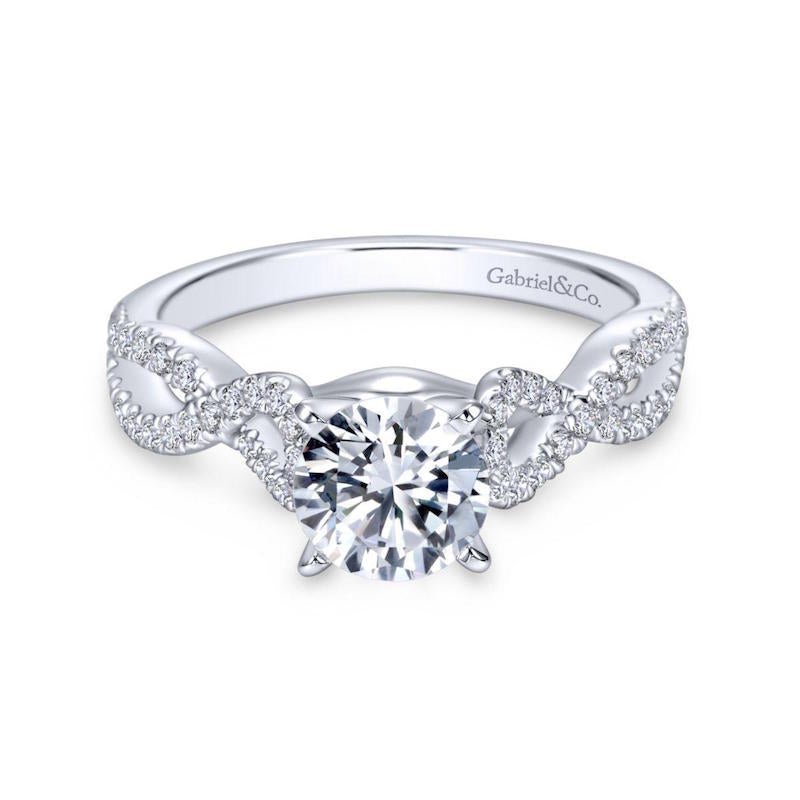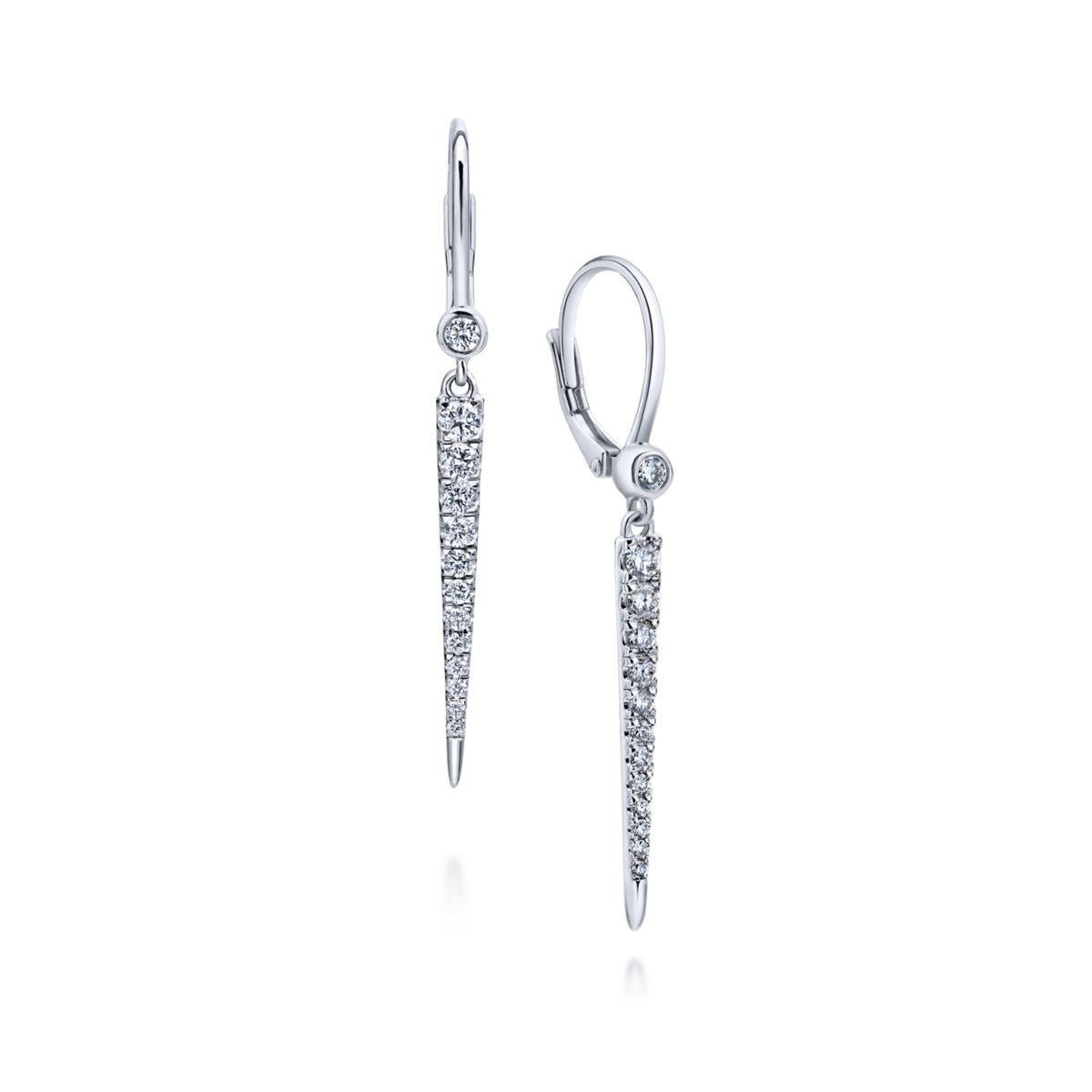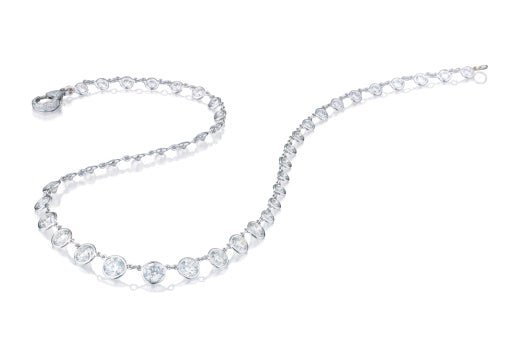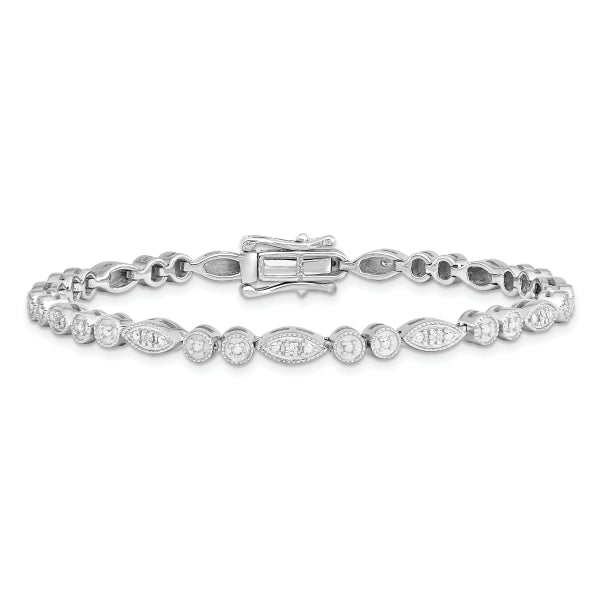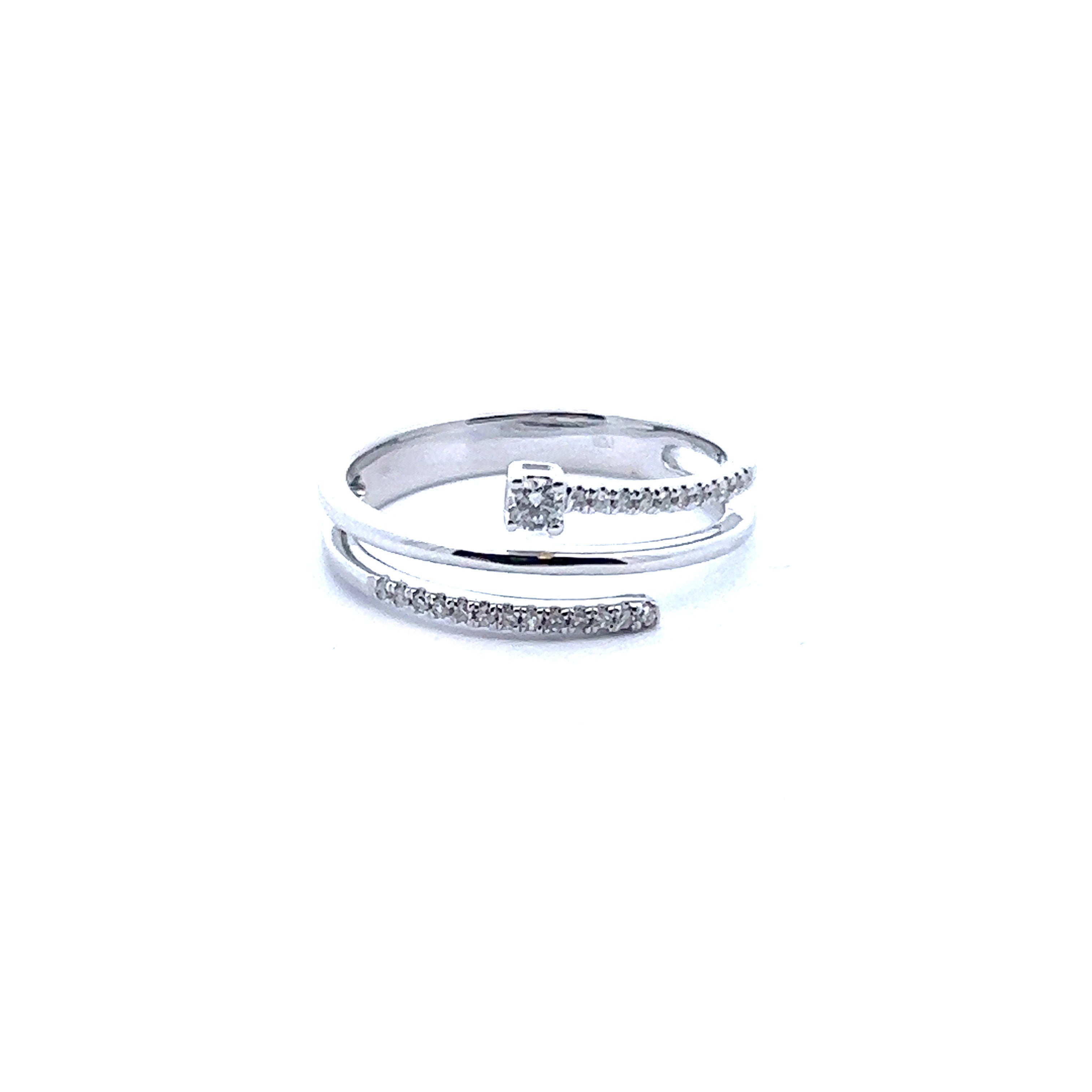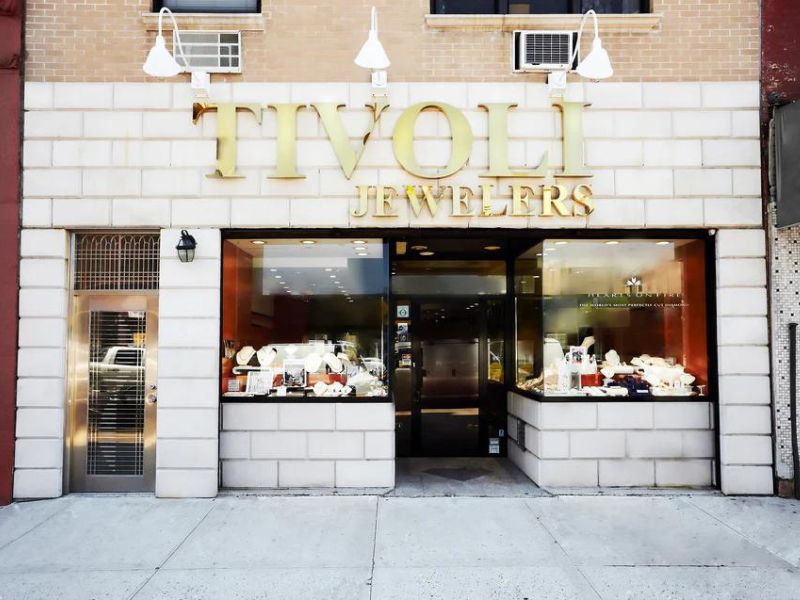What You Need To Know About Gold
All naturally occurring gold is the element Au-197. The radioactivity of the remaining 28 isotopes allows for their manufactured products. The periodic chart shows that gold, silver, and copper together make up a column. They are all naturally occurring and were the first three elements that man was aware of.
Gold is a precious metal that has been valued for centuries due to its rarity and beauty. It's commonly used in jewelry, coins, and other decorative items. Gold is also used in technology, such as in the production of electronic components due to its excellent conductivity.

When it comes to types of gold, there are three main categories:
Yellow Gold, White Gold, Rose, or Pink Gold.
Here are a few more that you might not have known existed.
|
18 Karat
|
Gold | Silver | Copper | Palladium | Aluminum | Iron |
|
75% | 12.5% | 12.5% | |||
|
75% | 10% | 15% | |||
|
75% | 6% | 19% | |||
|
75% | 4% | 21% | |||
|
75% | 10% | ||||
|
75% | 25% | ||||
|
75% | 24.4% | ||||
|
75% | 24% | 1% |
What is the melting point of gold?
The melting point of gold is 1,064 degrees Celsius or 1,943 degrees Fahrenheit. This is one of the highest melting points of any metal, and it is because of this resistance to heat – as well as its conductivity – that gold is used so prolifically in electronics.
Yellow gold is the most traditional and classic type of gold, with a warm and rich hue. On the other hand, white gold has a silvery appearance due to the addition of other metals such as palladium or nickel. Finally, rose gold has a distinct pinkish hue due to the addition of copper to the gold alloy.

In addition to types of gold, karats are an important consideration when buying gold. Karats refer to the purity of the gold, with pure gold being 24 karats. However, pure gold is too soft to be used in jewelry, so it's often mixed with other metals to increase its durability. For example, 18-karat gold is 75% gold and 25% other metals, while 14-karat gold is 58.3% gold and 41.7% other metals. The karat of gold used in jewelry can affect its price and durability, so choosing the right karat for your needs is important.

Gold is a highly versatile metal, and its properties allow it to be mixed with other metals to create a wide range of alloys with different colors and properties. One such alloy is Karat Gold, which is a mixture of gold with other metals such as silver, copper, and palladium. The most commonly used karat gold is 18-karat gold, which is composed of 75% gold and 25% other metals.

There are 3 types of gold that are the most popular
- Yellow gold is a popular precious metal used in jewelry making. It has a rich history, experiencing periods of popularity and decline throughout the 1900s. Yellow gold is a versatile metal that can be alloyed with other base metals to change its hardness, durability, and appearance. It comes in different weights, including 9K, 14K, 18K, and 24K (pure gold), each with differences in durability and color. Gold is also an interesting element, being the most malleable and ductile metal. A single ounce of gold can be beaten into a 300-square-foot sheet, and a sheet of gold can be made thin enough to be transparent. Although gold is a heavy, dense metal, it is generally considered nontoxic. Despite fluctuations in popularity, yellow gold has remained a classic choice for jewelry making, and it has recently experienced a resurgence in popularity due to celebrities like Meghan Markle wearing yellow gold engagement rings.
- Rose gold is a relatively new metal compared to other jewelry metals, and it has become increasingly popular in recent years. Its warm, pinkish hue is achieved through a combination of copper and sometimes silver in a gold alloy that is typically made up of 75% pure gold. Some associate rose gold with non-traditional romance, making it a popular choice for engagement and wedding rings. However, rose gold is not as durable as other metals due to the softness of copper, which is a component of its alloy.
- White gold, on the other hand, is a gold alloy that is made up of pure gold plus lighter-colored metals such as palladium, nickel, or zinc. White gold is plated with rhodium, a precious metal that gives it a silvery-white appearance, and also makes it strong and tarnish-resistant. One of the beliefs about white gold is that it represents intuition. With proper maintenance, white gold jewelry can last for a long time. Unlike rose gold, white gold is a sturdy metal and is a great alternative to platinum, which is more expensive
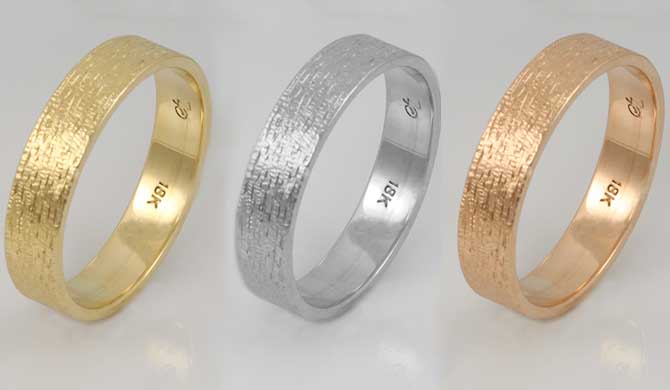
The composition of 18-karat gold can vary depending on the desired color and properties of the alloy. For instance, 18-karat yellow gold, which has a beautiful sunset-esque golden hue, is composed of 75% gold, 12.5% silver, and 12.5% copper. On the other hand, 18-karat pink or rose gold is composed of 75% gold, 6% silver, and 19% copper, giving it a warm, rosy color. Similarly, 18-karat red gold has a reddish hue due to its composition of 75% gold, 4% silver, and 21% copper.
Another variant is 18-karat white gold, which is a popular choice for jewelry due to its similarity in appearance to platinum. It is composed of 75% gold, 10% silver, and 15% palladium. This alloy is highly lustrous, and its color is achieved by plating it with rhodium, a shiny, silvery-white metal 18-karat grey gold, which is a relatively new alloy, is composed of 75% gold, 12.5% nickel, 10% copper, and 2.5% zinc. It has a unique greyish color, which is achieved by the addition of nickel
Other examples of Karat Gold alloys are green gold, purple gold, and blue gold. Green gold is composed of 75% gold, 24% silver, and 1% cadmium or electrum, which gives it a greenish hue. Purple gold, on the other hand, is composed of 75% gold and 25% aluminum, giving it a purple color. Finally, blue gold is composed of 75% gold, 24.4% iron, and 0.6% nickel, and its blue color is achieved by heat treatment, which oxidizes the iron atoms on the surface

In summary, Karat Gold is a highly versatile alloy of gold, and its composition can vary widely depending on the desired color and properties of the alloy. From the warm rosy tones of pink gold to the unique greyish color of grey gold and the beautiful blue hue of blue gold, there is a Karat Gold alloy to suit every taste and occasion.



